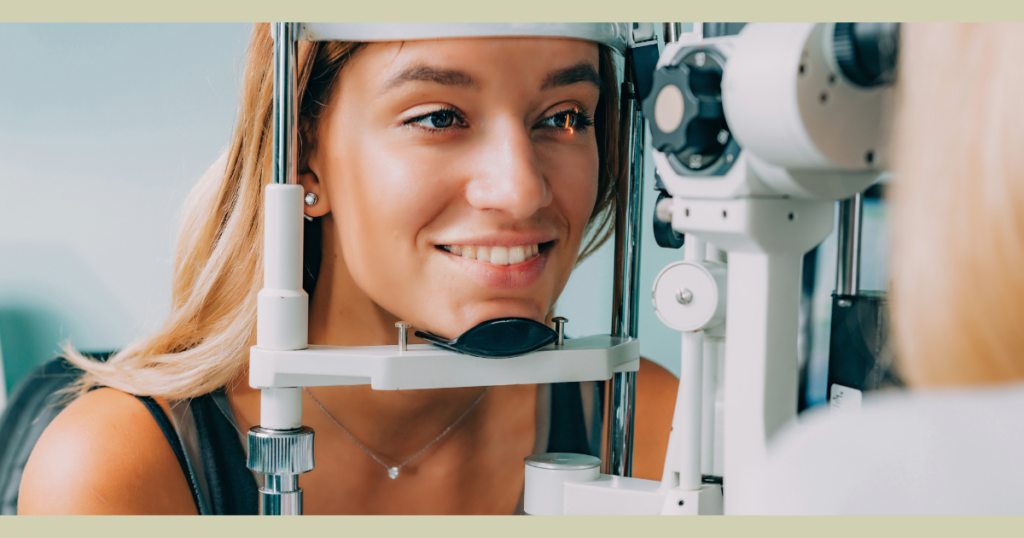
Why Lauder and Rees Are the Best Opticians in Paddington
Exceptional Eye Care in the Heart of Praed Street, London
When it comes to your eye health, choosing the right optician isn’t just important—it’s essential. At Lauder and Rees, independent opticians, we pride ourselves on delivering a level of personalised service and clinical expertise that truly sets us apart.
We strive to be the best opticians in Paddington, we’ve built a reputation for excellence, precision, and care. Our clients return time and again because they know they’re treated as individuals with unique needs, preferences, and lifestyles.
What Makes Lauder and Rees the Best Opticians in Paddington?
1. Independent and Proud
Being independent means we’re free to choose the very best products and equipment on the market. Without the pressure of corporate targets or one-size-fits-all solutions. We’re not tied to specific brands or suppliers, which allows us to offer genuinely tailored advice that’s always in your best interest.
2. Advanced Eye Examinations
We combine traditional expertise with cutting-edge technology to provide thorough, detailed eye examinations. Whether it’s a routine sight test, contact lens fitting, or early detection of eye conditions, our clinical care is second to none.
3. Hand-Picked Eyewear Collections
Our frame collections are carefully curated from premium designers and independent brands you won’t find on every high street. Whether you’re after something sleek and professional or bold and expressive, you’ll find eyewear that truly suits your style.
4. Trusted by the Local Community
As one of the leading opticians in Paddington, we’ve earned the trust of the local community through years of consistent, exceptional service. Many of our patients come to us through word of mouth—a true testament to the care and quality we provide.
Conveniently Located in Central London
Our practice on Praed Street in Paddington is just a short walk from Paddington Station, making us easily accessible. We offer flexible appointment times and a warm welcome from our experienced team.
Take a Look For Yourself
We pride ourself on the reviews from people who have used our service, with hundreds of 5 star reviews. You can find them here.
Experience the Lauder and Rees Difference
If you’re looking for opticians who truly care about your eye health, comfort, and style, look no further than Lauder and Rees. Come in and see why so many of our clients call us the best opticians in London.
Book your appointment today and discover eye care the way it should be—personal, professional, and proudly independent.




